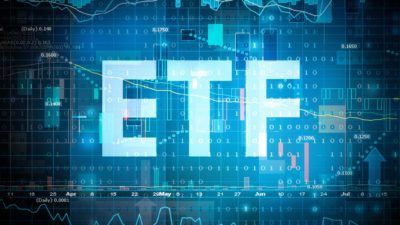The BetaShares Global Cybersecurity ETF (ASX: HACK) is not among the most popular exchange traded funds (ETFs) on the ASX. But it has certainly drawn some eyeballs in recent years, thanks in part to some impressive performance metrics.
This ETF, which, as its name implies, covers a basket of cybersecurity companies from around the world, has been impressive, no way around it. As of 30 June, the HACK ETF has averaged an annual average return of 16.38% over the past five years. That's despite it taking a 19.08% haircut over the first six months of 2022.
HACK has been able to achieve these kinds of turns by holding companies that have proven to be winners over the past few years. These include US cybersecurity companies like CrowdStrike Holdings Inc, Zscaler Inc, Okta Inc, and Palo Alto Networks Inc. But HACK also holds companies hailing from countries as diverse as Israel, France, India, and South Korea.
So we know that the HACK ETF has been able to give investors some impressive capital gains over recent years. But what of dividend income? Does the BetaSahres Global Cybersecurity ETF pay dividend distributions?
Does the BetaShares Global Cybersecurity ETF pay dividend income?
Yes, it does. Like many ASX ETFs, the HACK ETF tends to pay out a dividend distribution every 12 months. Thus, investors have only received one distribution over the past year. That was the 68.075 cents per unit payment that investors received on 18 July.
This distribution was a lot weightier than the 29.481 cents per unit payment investors enjoyed back in July 2021.
On the current HACK unit price of $8.33 (at the time of writing), this latest payment gives this ETF a rather hefty trailing dividend distribution yield of 8.17%.
So all in all, investors have enjoyed both capital gains and dividend income from the HACK ETF in recent years. No doubt investors will hope these kinds of returns keep flowing in the years ahead. But we shall have to wait and see what happens.
The BetaShares Global Cybersecurity ETF charges a management fee of 0.67% per annum.









